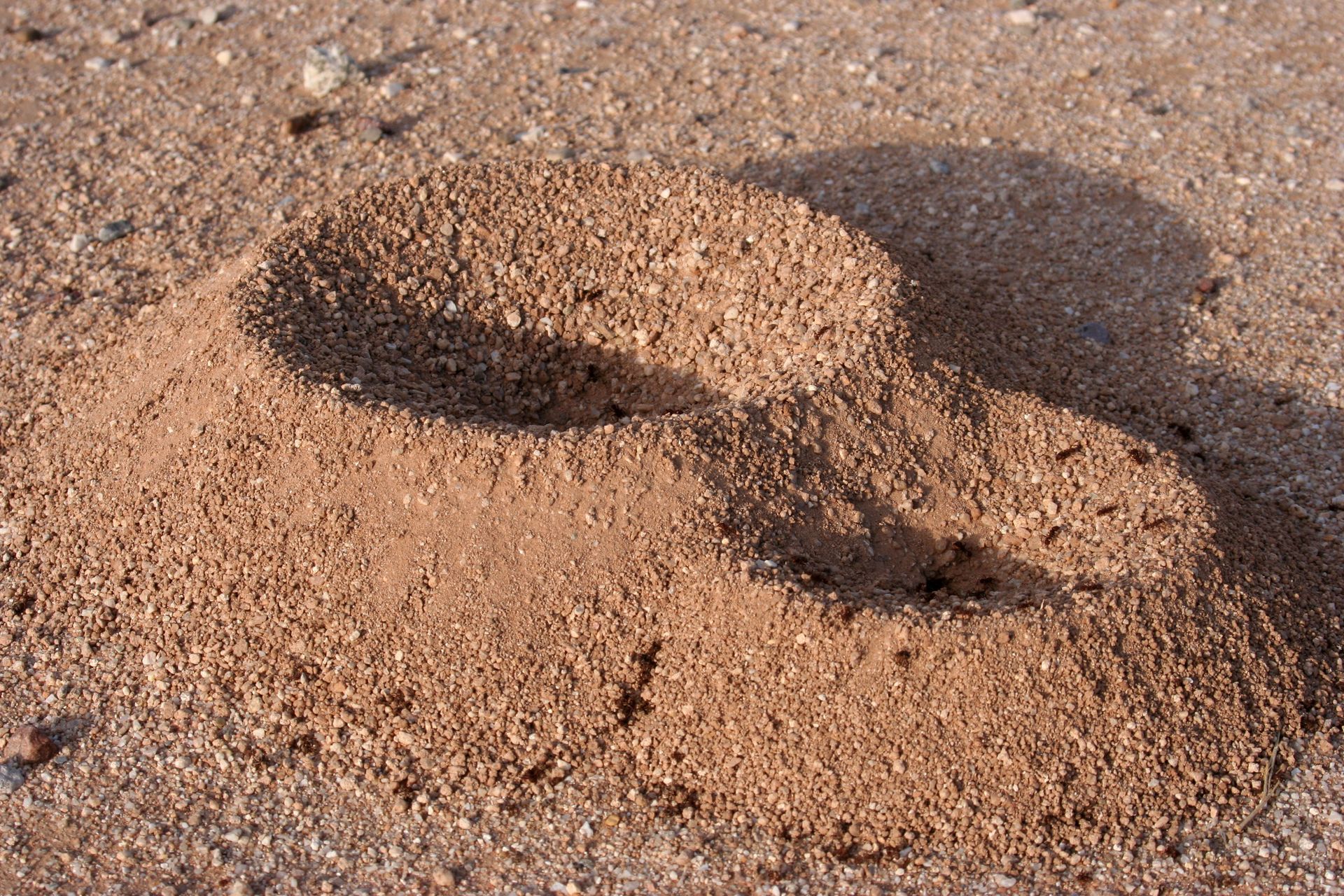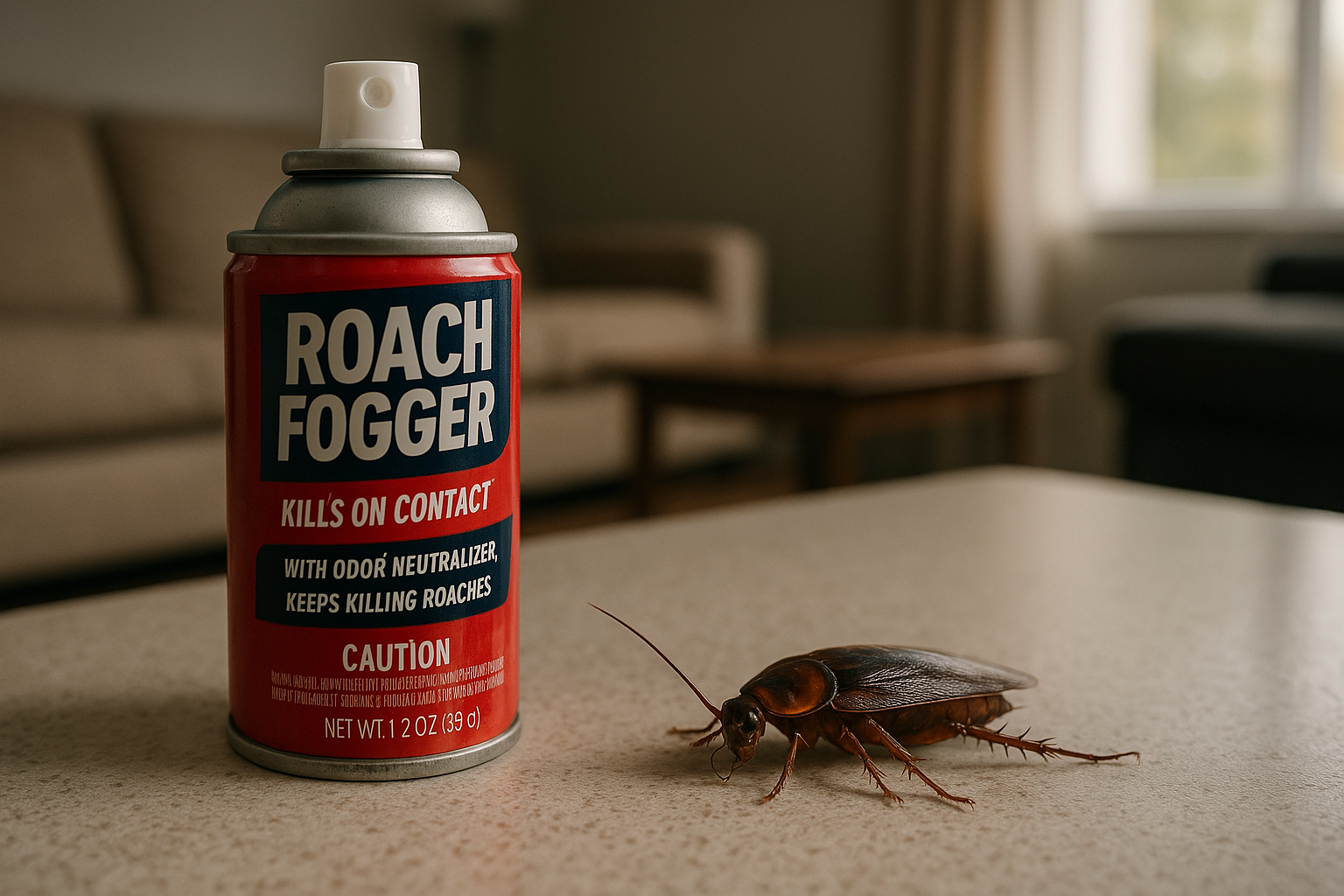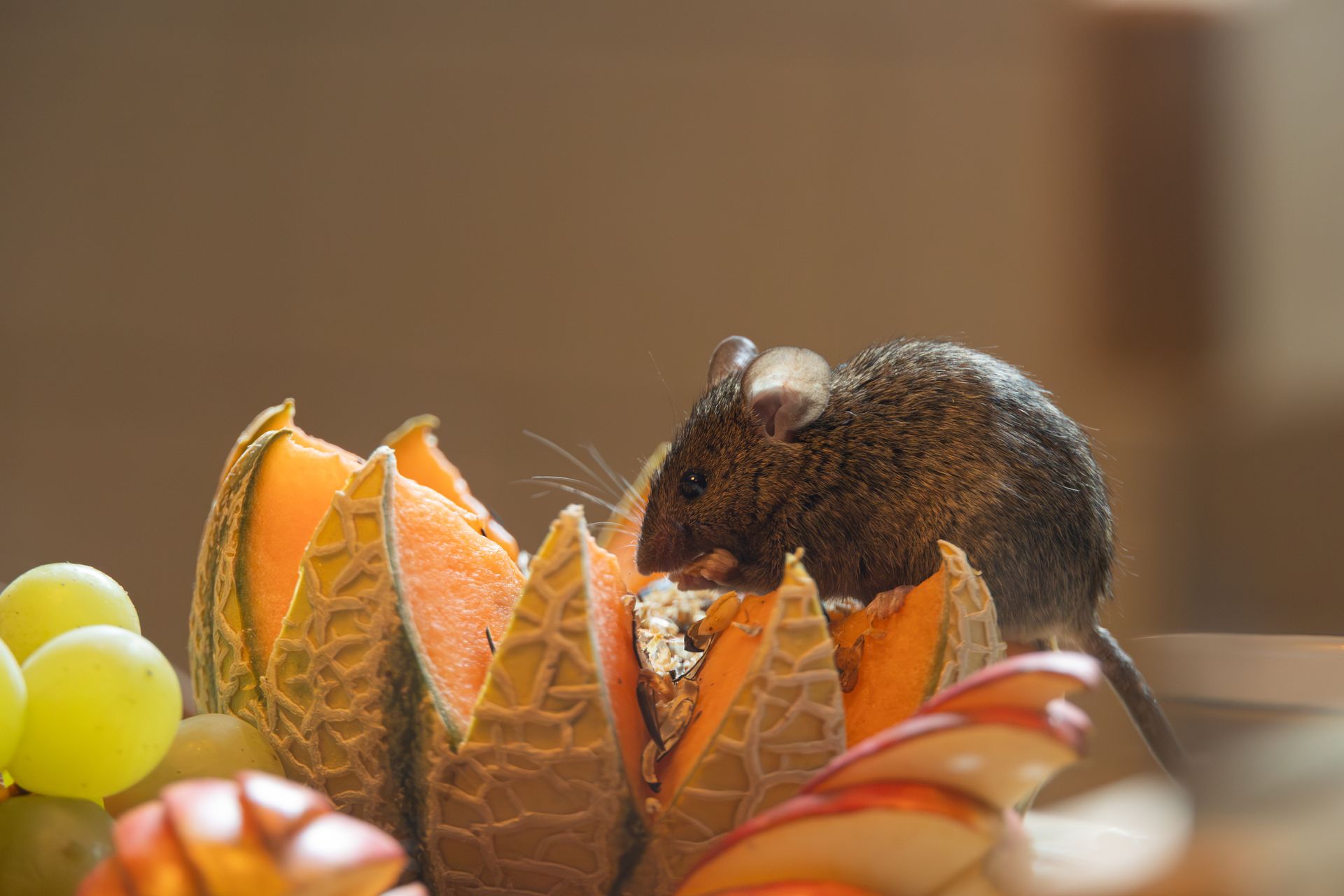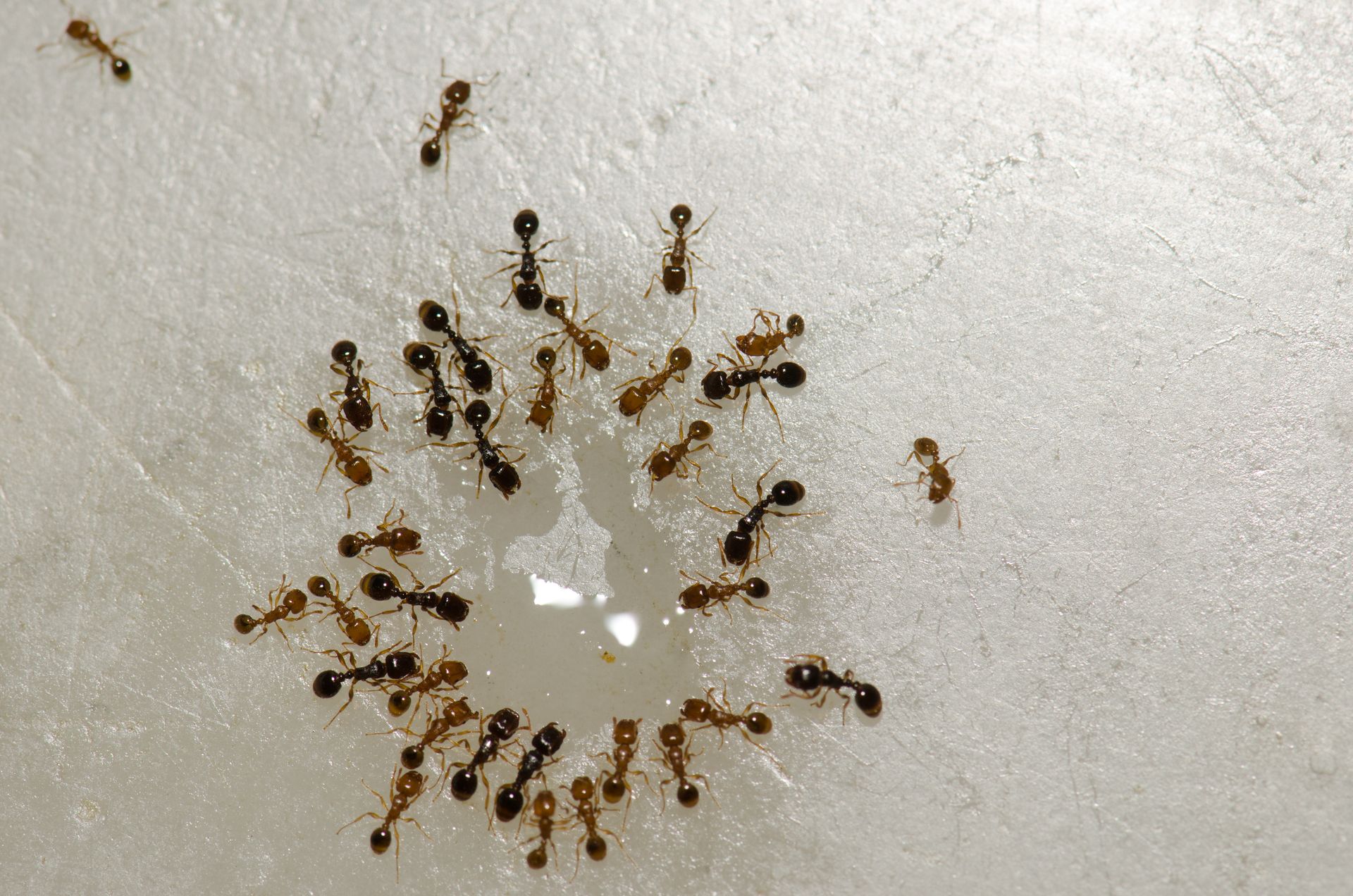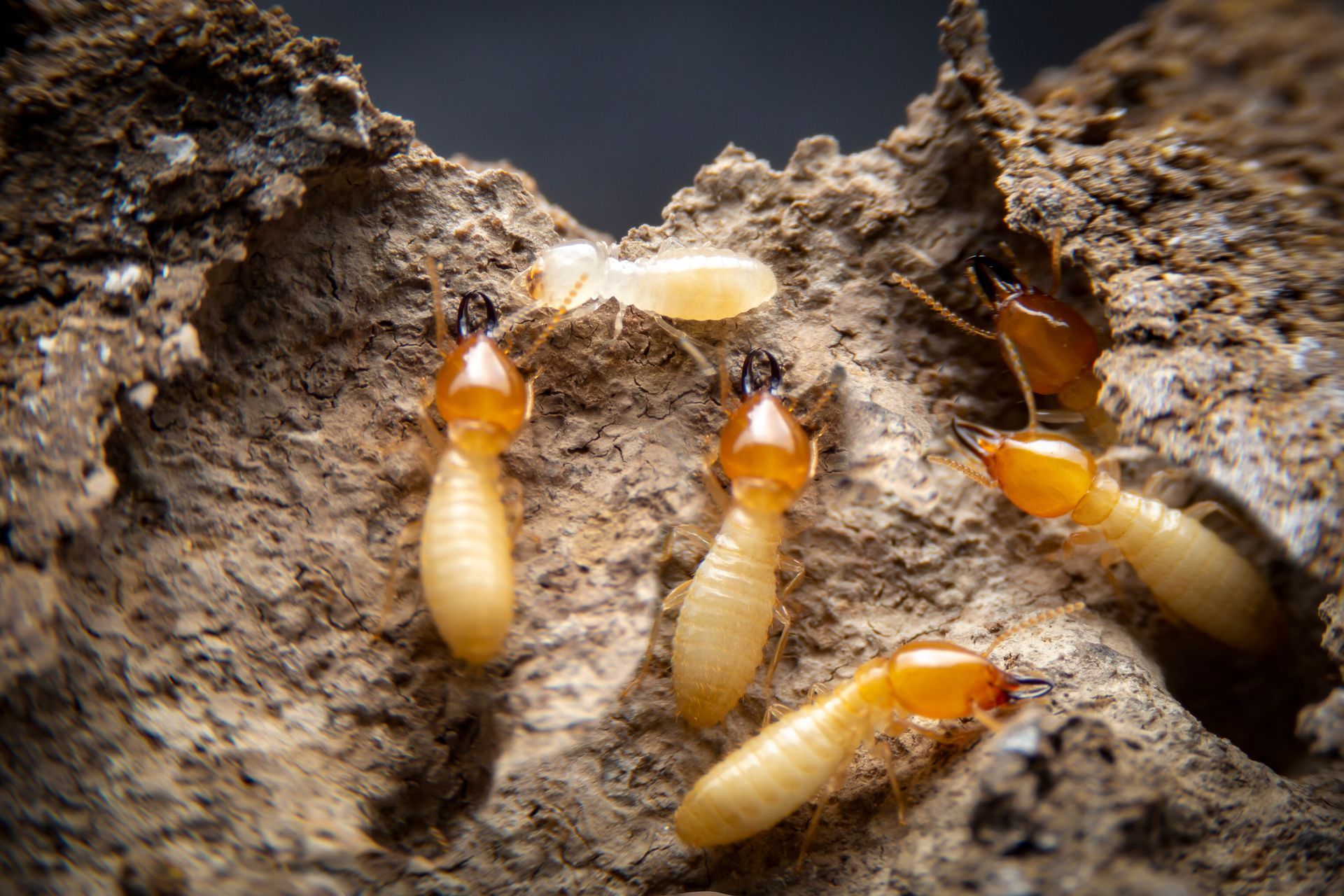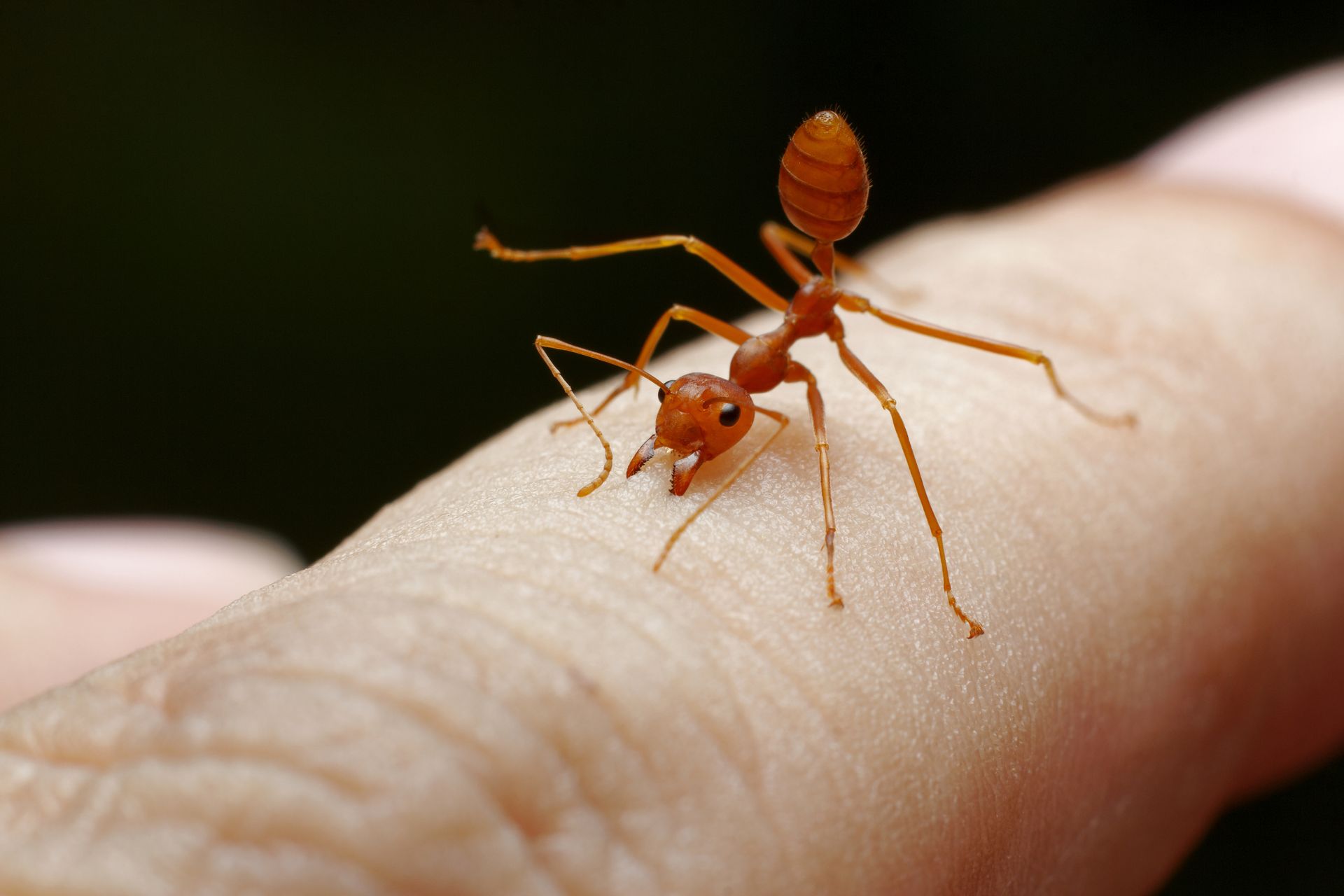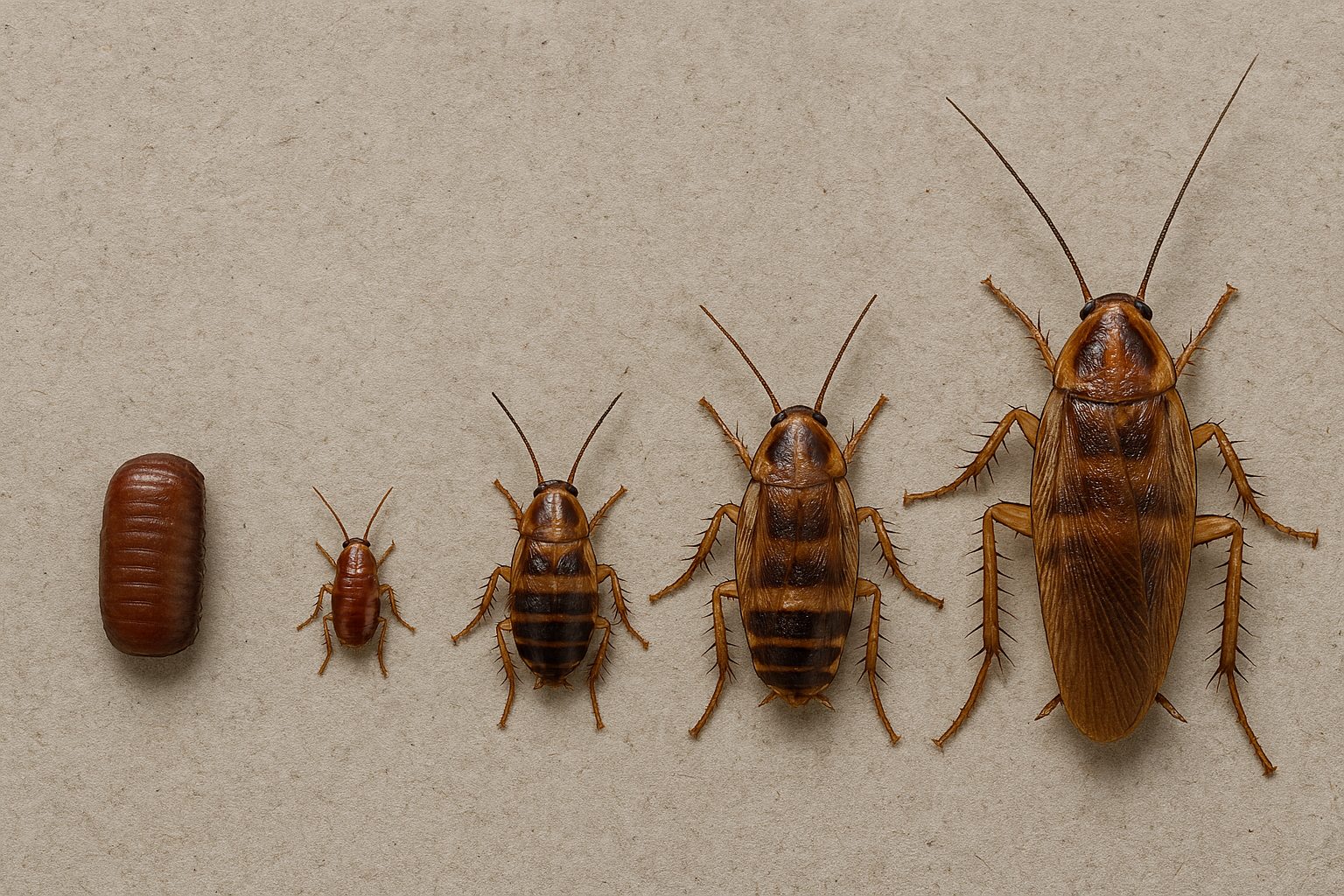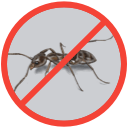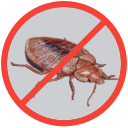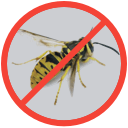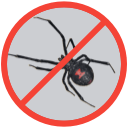How Long Do Garden Spiders Live?

Every autumn, homeowners across North America discover massive, intricate spider webs that seemingly appear overnight in gardens, between shrubs, and along building eaves. These magnificent webs which can measure up to 24 inches across, are the handiwork of garden spiders, particularly the distinctive black and yellow garden spider (Argiope aurantia). Despite their intimidating size and bold markings, these arachnids follow a remarkably predictable life cycle that explains both their sudden autumn prominence and their equally sudden disappearance.
Garden spiders typically live for about one year, with their lifespan closely tied to seasonal temperature changes. However, this simple answer masks a complex biological story involving temperature dependent development, reproductive strategies, and environmental adaptations that have evolved over millions of years. The timing of garden spider visibility is particularly interesting from a biological perspective. While many people assume these large spiders suddenly arrive in late summer, they've actually been present all season long. The dramatic webs and conspicuous spiders that capture our attention represent the final chapter of an annual cycle that begins the previous autumn with microscopic eggs weathering winter in protective silk cocoons.
Garden Spider Lifespan Overview
Garden spiders live for approximately one year on average, with females typically dying during the first hard frost after mating and males dying shortly after the mating process itself. This annual lifecycle applies specifically to the black and yellow garden spider (Argiope aurantia), the most commonly encountered species when discussing "garden spiders" in North America. These spiders are distributed across southern Canada through the lower 48 United States, Mexico, and Central America as far south as Costa Rica, following a predictable seasonal timeline throughout their range.
In regions experiencing harsh winters, spider eggs emerge during late summer or fall, yet the newly hatched offspring remain inactive within their protective silk cocoons until warmer spring conditions arrive. These juvenile spiders develop during summer months while staying concealed from view, ultimately maturing by late summer and transforming into the prominent web constructing arachnids that catch homeowners' attention. Climate significantly affects this pattern though because in warmer climates and in captivity, females of this species may live for several years, with temperature acting as the primary limiting factor for survival.
The Science Behind Spider Longevity
Temperature Dependent Development
Spider development rates are strongly influenced by temperature, with spiders from warmer climates demonstrating higher heat tolerance than species from colder regions, while cold climate species show greater cold tolerance than their warm climate counterparts. This thermal adaptation creates significant variation in metabolic processes that directly impact aging rates. Phenotypic plasticity in life history traits including development time, survival, adult longevity, and reproduction are all induced by growth temperature, suggesting that garden spiders in different geographic regions may experience varying lifespans based on their thermal environment rather than genetic differences alone.
Neurological Control of Longevity Responses
Ambient temperature serves as a fundamental regulator of spider biology, controlling the pace of essential biological and chemical reactions that drive core life processes including metabolic activity, maturation, physical development, locomotion, and reproductive functions. This indicates that temperature effects on spider longevity involve complex biological regulation rather than simple thermodynamic processes. Garden spiders have evolved multiple adaptive strategies that enable them to cope with temperature fluctuations and sustain optimal body heat levels for survival. They regulate their body temperature behaviorally, for example by seeking sunlight or shade, retreating to burrows, or taking a certain position on the web. Research revealed that various heat shock protein categories (including small heat shock proteins, HSP70, HSP90, and HSP beta variants) showed increased activity when spiders faced elevated temperatures and water scarcity, indicating that these arachnids have developed sophisticated cellular defense mechanisms to manage environmental stressors at the molecular level. This suggests that garden spider longevity variations may result from differential activation of these protective mechanisms based on environmental conditions rather than passive temperature effects alone.
Environmental Stress Factors
Climate change and extreme temperature events are increasing in frequency, duration, and intensity which create new challenges for ectothermic organisms like spiders. Energy allocation tradeoffs become apparent under stress conditions, where larger body size correlates negatively with longevity, suggesting that resources spent on growth compete with those needed for survival maintenance. These stress responses may explain why garden spiders in urban environments or areas with frequent weather extremes sometimes show reduced lifespans compared to populations in more stable natural habitats.
Factors That Influence Garden Spider Lifespan
Climate and Temperature
Within moderate climate zones, most garden spiders complete their entire lifecycle within approximately 12-15 months, beginning from autumn emergence through the subsequent year's initial killing freeze. Conversely, females residing in consistently mild regions or controlled environments can extend their survival across multiple growing seasons. Temperature acts as the primary environmental determinant of garden spider survival, with frost serving as the most common cause of natural death.
Predation and Parasitism
Garden spiders face mortality threats throughout their lifecycle from multiple sources that significantly impact population survival rates.
Egg Stage Threats:
- Parasitic wasps from the ichneumonid family, including Tromatopia rufopectus, target Argiope aurantia egg masses for their reproductive needs
- Chloropid flies such as Pseudogaurax signatus also parasitize egg cases
Adult Stage Threats:
- Avian predators, reptilian hunters, and small mammals like shrews actively prey upon mature garden spiders
- Large arthropods and other predatory spiders
- Nearly all spider egg masses ultimately suffer destruction from bird attacks
Resource Availability and Web Construction
Yellow garden spiders will often build a new web every day and will eat the silk of the old web each time they take it down. This daily reconstruction requires significant energy investment that can impact longevity, particularly when prey availability is limited. Research indicates that web structural properties and adhesive qualities fluctuate throughout the reproductive cycle, likely reflecting females' strategic reallocation of silk producing resources toward egg production which illustrates the biological tension between web upkeep and reproductive investment.
Habitat Quality and Web Site Selection
These arachnids establish their webs in locations bordering expansive meadows where they are able to maintain camouflage while gaining shelter from strong air currents. Optimal web placement provides protection from environmental stressors while maximizing prey capture opportunities, with spiders learning quickly not to rebuild where passing people dislodge their anchor lines. Site fidelity becomes important for survival, as spiders that find suitable locations will rebuild their webs repeatedly in the same spot throughout the season.
The Annual Life Cycle in Detail
Garden spiders follow a precisely timed annual cycle that ensures survival through harsh winter conditions and optimal reproduction during favorable seasons. Banded garden spiders have annual life cycles. Upon reaching full development, garden spiders engage in a single reproductive event, with females generating egg masses containing more than 1,000 developing offspring that survive winter conditions within silk protected chambers secured to plant material. Understanding each developmental stage reveals how environmental timing controls garden spider populations and explains their predictable seasonal appearance patterns.
Egg Stage:
- Following copulation, females create one or several protective egg containers within their web structures.
- These reproductive containers can house hundreds of developing spiders and typically display a rounded configuration with one tapered end with a hole that the spiderlings can escape from.
- Females produce specialized silk for egg protection that differs substantially from web building material, featuring a brownish coloration and enhanced durability to resist both predator interference and harsh weather conditions.
Spiderling Emergence and Dispersal:
- Offspring hatch in late summer or autumn. In regions experiencing freezing winters, juvenile spiders enter a suspended development phase within their protective chambers where they remain inactive until favorable spring temperatures return.
- When spring arrives, newly emerged spiderlings begin releasing silk threads that catch wind currents to carry them to new territories.
Juvenile Development:
- Young garden spiders consume tiny prey items while undergoing periodic exoskeleton shedding as they increase in size.
- Most development occurs hidden from view as young spiders remain concealed to avoid predation.
Adult Emergence and Reproduction:
- By summer, males search for females, build a web nearby and begin trying to mate without being eaten
- Following successful mating, females build specialized containers to house between 500-1,500 developing eggs, with the potential for creating additional egg masses based on reproductive opportunities.
- Garden spiders reduce their behavioral activity as ambient temperatures decline, ultimately succumbing when exposed to season's first freezing conditions.
Comparative Longevity: Garden Spiders vs. Other Spider Species
Garden spiders have a one year life cycle, which contrasts sharply with other arachnid groups that have evolved different survival strategies. Understanding these comparative lifespans reveals how evolutionary tradeoffs between reproduction, body size, and longevity shape spider survival strategies across taxonomic groups.
Annual Life Cycle Spiders:
- The striking Argiope aurantia completes its entire existence within a single growing season, with both sexes perishing when confronted by cold weather.
- Most orb weaver species follow similar annual patterns tied to seasonal temperature cycles.
- Cross orb weavers and banded garden spiders share comparable one year lifecycles.
Intermediate Longevity Species:
- Wolf spiders achieve considerable size, with the Carolina species (Hogna carolinensis) representing the family's largest member, though males rarely survive beyond their first birthday.
- Domestic spider species including Tegenaria and Pholcus genera can achieve 2-3 year lifespans when successfully avoiding natural threats.
- Black widows (genus Latrodectus) typically live one to three years depending on resource availability and shelter from their elements.
Long Lived Species:
- While male tarantulas rarely make it to two years. The female, on the other hand, have been known to live for 20 years
- Species inhabiting tropical, more humid and/or low altitude environments lived longer, suggesting that more predictable environments facilitate the evolution of longer lifespans
Practical Implications for Gardeners
Understanding garden spider lifecycles helps homeowners anticipate and manage their seasonal presence effectively. Garden spiders are particularly noticeable in late summer to autumn when numbers peak and the large orb webs can be highlighted by dew, meaning property owners should expect peak spider activity from August through October. Garden spiders are considered beneficial around homes because they capture and eat a wide range of pest insects that damage landscape and garden plants. Since these spiders naturally die off with the first frost, temporary tolerance of their presence can provide significant pest control benefits without long term spider populations.
Garden spiders are not a threat to humans but should be handled carefully. Garden spiders can be moved to alternative locations or discouraged from establishing webs in frequently used areas. For immediate removal, people who are not comfortable with spiders can use a broom to clear the web away and continue to clear the rebuilt webbing so that the spider eventually moves on. However, avoiding broad spectrum insecticides preserves these beneficial predators and maintains natural pest control services. Since garden spiders typically stay in the same general area all summer once they establish territory, property owners can predict where webs will appear and plan landscape maintenance accordingly. However, due to their rate of reproduction, each homeowner will need to weigh the cost of allowing a garden spider population to get out of hand each spring when their egg sacs release the spiderlings.
Contact EcoGuard Pest Management if You Are Dealing with Garden Spiders
While garden spiders play valuable ecological roles as natural pest controllers, some homeowners may find their large webs and imposing presence concerning, especially when they appear in high traffic areas around patios, walkways, or children's play spaces. Understanding their annual lifecycle helps distinguish between temporary seasonal populations versus ongoing spider management needs. If you're experiencing persistent spider issues beyond the typical autumn garden spider season, or if you're uncomfortable managing spider populations around your property, professional pest management can provide effective, targeted solutions. EcoGuard Pest Management specializes in spider control strategies that balance effective management with environmental responsibility, ensuring your outdoor spaces remain comfortable and safe for your family while preserving beneficial ecosystem functions where appropriate.
Garden Spider Lifespan FAQs
How long do outdoor spiders live?
Outdoor spider lifespans vary significantly by species, with most common garden spiders living approximately one year from egg to death. Female spiders of certain species can live from two to more than 20 years in extreme cases like tarantulas. Females generally tend to outlive males though environmental factors like temperature, predation, and food availability which greatly influence actual survival rates.
Do garden spiders bite or sting?
Garden spiders are not a threat to humans but should be handled carefully as they can bite when feeling threatened or severely provoked such as when they are repeatedly poked at. Their venom is harmless to humans with pain comparable to a bee's sting and they do not sting since they are not equipped with stingers like wasps or bees.
How long do garden spiders stay in one place?
Garden spiders typically spend their entire lives in one area, so your yard may be the site of an entire garden spider life cycle. Once they establish a suitable web location with adequate prey and protection, they tend to remain in that territory throughout their active season until death occurs with the first hard frost.


